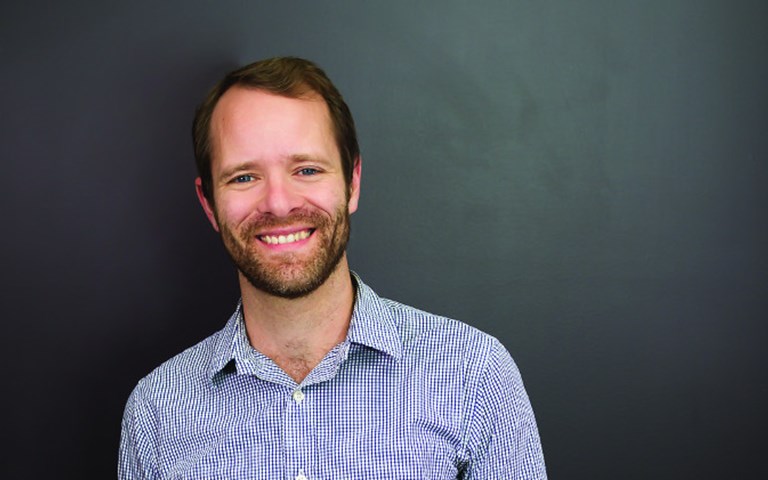CIM’s Capital Projects Symposium is a new addition to the Institute’s roster of events. Despite the first event in November 2020 being forced online by the pandemic, the concept—a small conference focused on case studies on, and strategies for, successful project execution—gathered momentum. As it should for an industry with an unspectacular track record in completing projects on time and on budget. The third edition was held in November, and I am grateful for the opportunity to have attended. It opened doors to future editorial exploration from case studies to existential questions.
Those case studies included Anglo American’s Quellaveco project in Peru, Champion Iron Ore’s continued Bloom Lake expansion in Quebec and The Mosaic Company’s potash shaft decommissioning in Saskatchewan, each of which earned a place as exemplary projects, and all of which had to contend with the pandemic during their execution. The common thread that ran through these presentations as well as others was the combination of experience, technical knowledge and soft skills—many learned through trial and error—required for success.
The topic that echoed throughout the discussions and will also demand attention is the role artificial intelligence (AI) will play in mining projects and our daily lives. George Greer, of Pan American Silver Corp., was skeptical of its utility in project management: “It’s all about people: getting the best people, treating them right and getting everybody pumped up.” An AI-based model, he maintained, cannot help with that.
While others, including John Gravel of Bedrock-Service Group, argued AI is poised to become a valuable tool, Stefan Gueorguiev, director of studies and engineering at Vale, said he believes the application of generative AI and language models to knowledge and risk management will remake the mining industry much more, and soon. “Really the horizon that we’re talking about is about three to five years. Anything beyond five to seven years is anybody’s guess. It [will be] a step change,” he said.
To his point, a week prior to the event, a Chinese research team published a paper in Nature Synthesis detailing how an AI chemist developed a formula for producing oxygen using materials available on Mars. The task, which reportedly would have taken scientists 2,000 years, took the AI just six weeks. The breakthrough advances the aim of supporting human life on Mars and deep space exploration, and the process for that breakthrough represents the kind of disruptive step change that Gueorguiev sees on the horizon.
What implications, for example, might this have for the development of new chemistries for batteries, and in turn the minerals required to manufacture them?
That is just a single line of inquiry for a technology that could generate an incredible number of discoveries.
It will be fascinating to see if and how this proves out, and just how far-reaching the impacts could be on how we do our jobs—whether it be in mining or in magazines.




